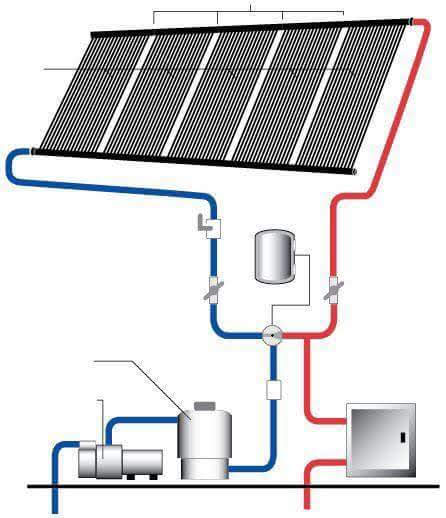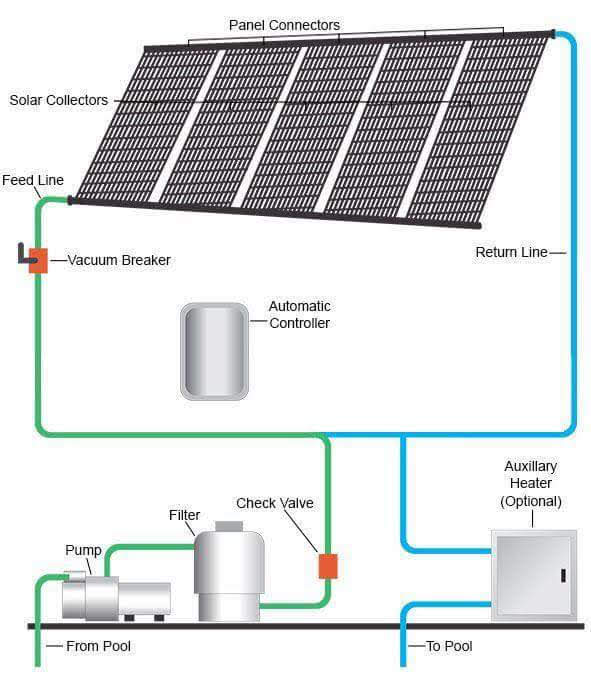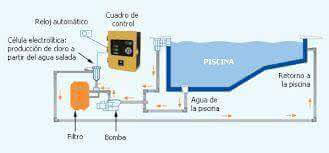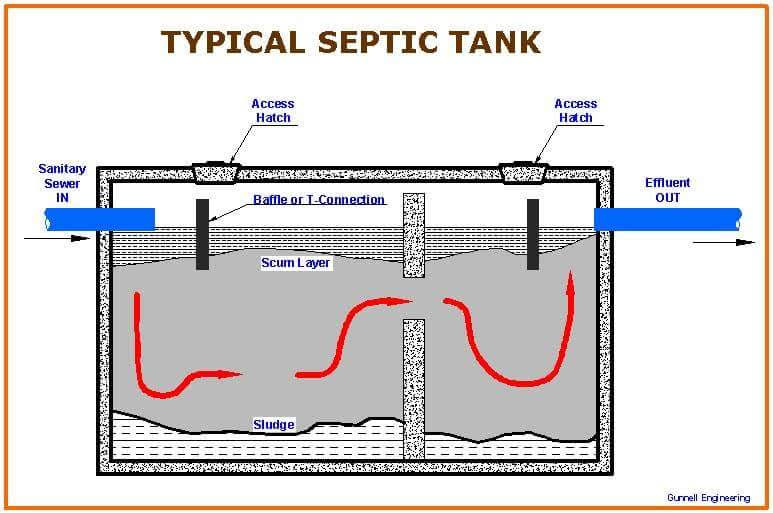Title: Understanding the Relationship Between Swimming Pools and Septic Tanks: What You Need to Know
Introduction: Swimming pools are a popular feature in many homes, offering relaxation, recreation, and a gathering place for family and friends. However, their installation and maintenance require careful consideration, particularly concerning their interaction with septic systems. Septic tanks, responsible for treating household wastewater, can be affected by the presence of a swimming pool if not properly managed. In this article, we delve into the details of how swimming pools and septic tanks interact and offer guidelines for ensuring their harmonious coexistence.
Understanding Septic Systems: Before exploring the implications of swimming pools on septic tanks, it's crucial to understand how septic systems function. A septic system comprises a septic tank and a drain field. Wastewater from the house flows into the septic tank, where solid waste settles at the bottom and microbial action breaks down organic matter. The clarified effluent then moves into the drain field, where it percolates through soil for further treatment.
Effects of Swimming Pools on Septic Tanks: The installation of a swimming pool introduces significant changes to the household's water usage patterns. Filling and refilling the pool require substantial amounts of water, which can overload the septic system if not managed correctly. Additionally, backwashing the pool's filter and discharging pool water can impact the balance of the septic tank, potentially disrupting its microbial ecosystem and reducing its efficiency in treating wastewater.
Managing the Impact: To mitigate the impact of a swimming pool on a septic system, homeowners should take several proactive measures:
Monitor Water Usage: Keep track of water consumption, especially during pool-related activities such as filling, backwashing, and draining. Avoid overwhelming the septic system by staggering pool maintenance tasks over time.
Use Pool Chemicals Wisely: Minimize the use of chlorine and other pool chemicals, as excessive amounts can harm beneficial microbes in the septic tank. Opt for environmentally friendly alternatives when possible.
Regular Maintenance: Maintain both the swimming pool and the septic system according to manufacturer recommendations. Regular inspections and pumping of the septic tank are essential to prevent backups and ensure proper functioning.
Separation: Ideally, locate the swimming pool at a distance from the septic system's drain field to minimize the risk of groundwater contamination. Consult with a professional to determine the optimal placement based on your property's layout.
Conclusion: Swimming pools can coexist with septic tanks, but proper management is key to avoiding potential issues. By understanding the relationship between these two components and implementing appropriate measures, homeowners can enjoy their pool while maintaining the integrity and efficiency of their septic system. Consulting with septic and pool professionals can provide valuable insights tailored to specific circumstances, ensuring a harmonious balance between recreation and wastewater treatment.





































































0 Comments